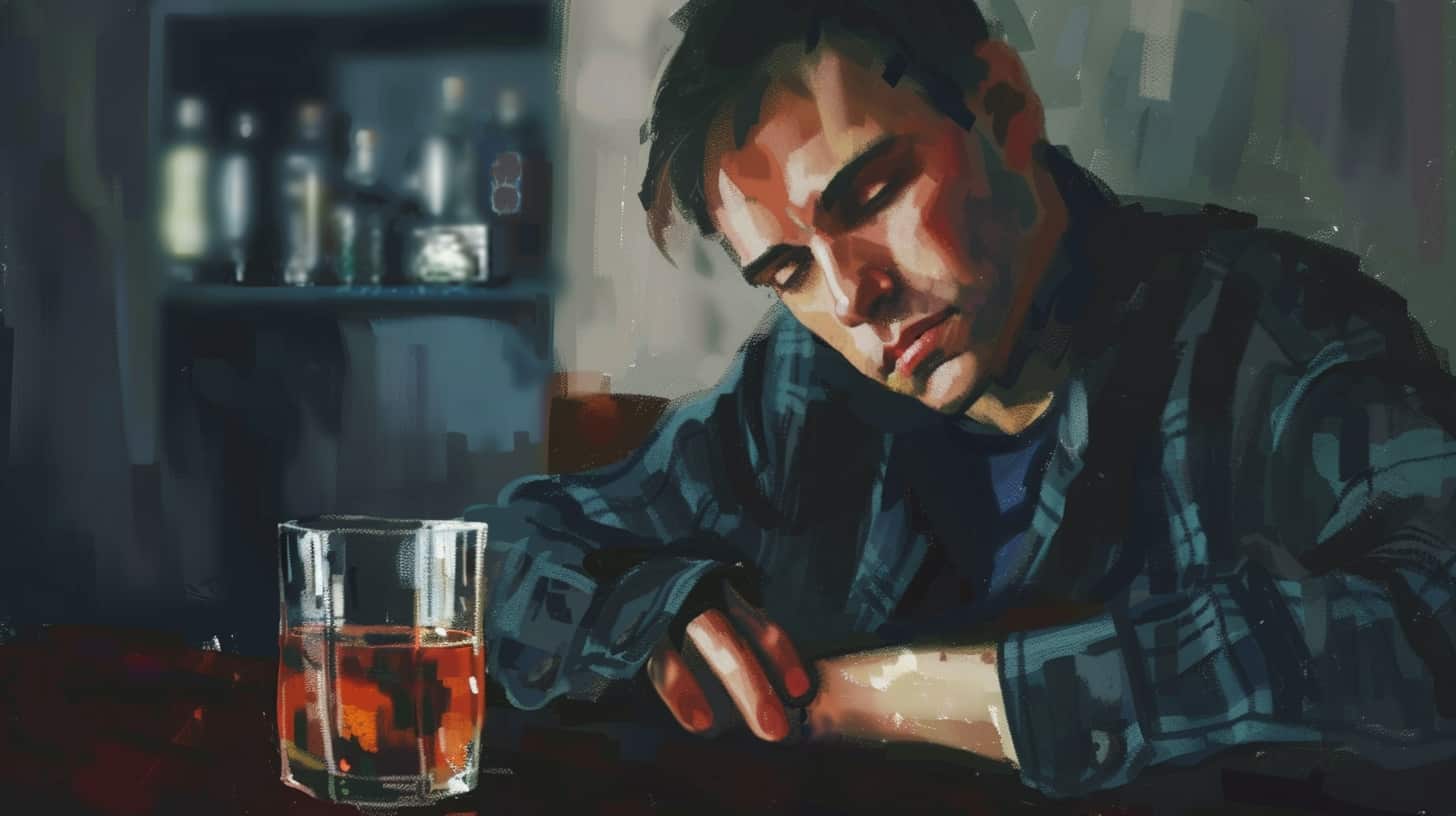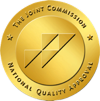When getting high isn’t enough, people who use drugs and alcohol will often experiment with cross fading. It is when someone is drunk and high at the same time. Most commonly, this is with marijuana and alcohol. But as we will show, there are other versions of it.
Simply put, cross fading is basically doubling down on a high. It’s an attempt to get even “higher” or even more numb. And as you can guess, it also amplifies the risks and dangers.
Other than crossfaded, sometimes people use these words to get the same idea across: include “twisted,” “crunk,” “lit squared,” and “zooted.”
Common Drugs for Cross Fading
Again, it usually means smoking pot and getting drunk. But there are other drugs that someone will use to get the effects. Here are some common substances people might mix with alcohol to get crossfaded:
- Marijuana: The most common combination. The relaxing effects of weed can sometimes counter the social anxiety that comes with drinking. However, it can also lead to increased dizziness and nausea.
- Cocaine: Often used to counteract the drowsiness of alcohol. But, combining these two can put immense stress on your cardiovascular system, increasing the risk of heart attack or stroke.
- Benzodiazepines: These are often prescribed for anxiety, but mixing them with alcohol can be lethal. Both are depressants and can severely impair breathing and heart function.
- MDMA (Ecstasy): While alcohol can dull the euphoric effects of MDMA, combining the two increases the risk of dehydration and overheating, which can be fatal.
- Opioids: Mixing alcohol with opioids is incredibly dangerous. Both substances slow down the central nervous system, which can lead to respiratory failure and death.

What is happening in your body when you Cross Fade?
Most people are not thinking about their biology when they take drugs or cross fade. But if you want to know, the short answer is chaos.
All the chemicals and all the substances are vying for attention, and they contradict each other. One of the biggest dangers of this is that you feel like one thing is happening while your body is responding to something entirely different.
In simple terms, let’s say you take a bit of cocaine so you can drink more without falling asleep. In this situation, you might not even feel too drunk, so you keep on drinking. Little do you realize that your body is getting too much alcohol. Alcohol poisoning can come on without a warning in this scenario. And it can be deadly.
Other Body Parts Affected by Cross Fading
Other body parts are affected as well. Typically, your liver processes toxins, but when it’s forced to handle multiple substances simultaneously, it must work overtime. Liver damage is always a possibility with drug and alcohol use. But when you overload it, the risk becomes increasingly imminent.
Chronic abuse can lead to severe conditions such as fatty liver disease, hepatitis, or even cirrhosis, which can be life-threatening.
The Brain and Drug Mixing
When alcohol and drugs mix, they mess with your brain’s ability to function properly. Alcohol is in the depressant class of drugs. This means it slows things down, particularly in your brain.
Stimulants speed things up (pun intended). Your body is slowing down and speeding up on a chemical and molecular level, which is dangerous and disorienting. Judgment tends to be the first thing to go, which can be deadly as you are consuming life-threatening substances.
Getting behind the wheel, taking a swim, unsafe sexual practices, going to school or work—these are all things that you might decide to do that could have a massive impact on your life.
After Effects
Once you sober up, the effects often remain. Mixing drugs and alcohol can cause long-term cognitive issues. People end up having memory problems, learning difficulties, and even permanent brain damage.
It’s like waking up the day after a party to find your house trashed beyond recognition—some things just can’t be fixed easily.
Dangerous crossfade combinations
Certain drugs are especially hazardous when combined with alcohol. Here are some you must avoid at all costs.
Benzodiazepines (Xanax or Valium, among others) can result in severe respiratory depression, which can be fatal.
Opioids. This can also be deadly because both substances slow down breathing and heart rate to dangerous levels.
Stimulants. Mixing cocaine or methamphetamine with alcohol increases the risk of heart attack and stroke due to the opposing effects on the heart and blood pressure.
Numbing the Pain With Cross Fading
Beyond the physical dangers, there’s a deeper mental health issue at play. The need to deepen your high by mixing substances often points to a desire to numb out from life’s stresses and pains.
It’s a form of self-medication that can spiral into addiction and dependency. People might seek to amplify their euphoria or escape reality, but this can lead to a dangerous cycle of substance abuse that is hard to break.
Call Today for Help
At EagleCrest Recovery, we have experience with individuals who crossfade to erase the pain. It is one of the most common reasons (often unknown to the user) for abusing drugs and alcohol. It takes treatment on multiple levels to find recovery.
If you or a loved one is stuck in addiction and feel like there is no way out of it, Call us today. We have a path forward that can lead to freedom from addiction. Call EagleCrest now: 844-439-7627.


